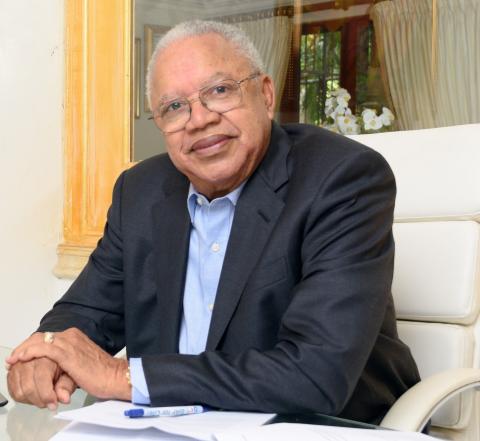
There are many telehealth services, platforms, and devices on the market today. Yet, telehealth can still be considered to be in its infancy.
The continued use of these platforms by the groups being targeted – largely healthcare workers and patients – is what determines their success. Oftentimes, developers miss the opportunity to integrate user needs that may have little to do with the technology itself but that would make a major difference and determine the success of the technology. Other times, they consider one side – either patient only or healthcare workers only – and not the whole experience. This could be to the detriment of an otherwise good platform.
Jamaicans are generally suspicious of anything to do with technology, and so it’s not an easy market to navigate. At the same time, according to the World Bank, mobile cellular subscription for Jamaica as at 2019 amounted to 3,023,873, which is more than the total population of the island. The Telecoms Market Information Report published by the Office of Utilities Regulation indicated that the mobile subscription penetration rate was 108.5 per cent for 2020, and for the March 2020 quarter, total Internet subscription for the island amounted to 2,001,000.
Given all this, it would seem obvious that all our health software should be user friendly via mobile phones, but this is not always the case. This is different from simply being a responsive design, where the display and usability works on both mobile and desktop/laptop. Consideration must be given to the differences between the expectation of a user on a computer and one on a mobile phone. If we put these two together, we can significantly improve the customer experience locally when it comes to the use of healthcare technology.
Mobile phone availability has to be an important aspect of software development in the current atmosphere. COVID-10 has shown us more starkly that the availability of computers and tablets is insufficient and not accessible for a number of persons. These same persons, however, have mobile phones and utilise data for various services. This is a major part of taking the user experience, knowledge, and access into consideration outside of just how aesthetically pleasing the display may be.
Simplicity and functionality
The United States-based St Thomas Community Health Center in New Orleans, Louisiana, conducted an assessment of patients using its telehealth devices and determined that there were some – mostly elderly – users who could not adequately access their services because the configuration was not ideal and user-friendly. There wasn’t a real problem with the software itself. The problem was with how difficult it was for users to comfortably navigate it to find the services that they needed and enough to continue using it. They sought to resolve the issues by providing a more ‘turnkey and intuitive’ solution that took patients’ use and feedback into consideration. They were able to strike a balance between ‘simplicity and functionality’ on the mobile device by providing from how-to videos to simply giving assistance to declutter their screens, among other things. This resulted in an increase in persons using the devices, especially among senior citizens, to seek healthcare.
Health technology and mobile phones are expected to have a long marriage in the future, and it is important that the user experience be considered from the very beginning to ensure that the software is used adequately and seen as a viable option. Health-seeking behaviour can always be improved, and that would perhaps reduce hospitalisation for some issues to do with non-communicable diseases as well as help with prevention. It would also assist persons who do not have the resources to visit hospitals and doctors regularly as well as the elderly, who would be able to access their physician and other healthcare workers without having to leave home in some cases.
Jamaica is moving in the right direction where healthcare technology adaptation is concerned, and now is the time to ensure that we do it right so that our population gets the full benefits that these systems offer. This will ensure that we stay on this positive trajectory that will only lead to overall improvements in health.
Doug Halsall is chairman and CEO of Advanced Integrated Systems. Email feedback to doug.halsall@gmail.com and editorial@gleanerjm.com.
Published: Sunday | April 4, 2021 | 12:05 AM

